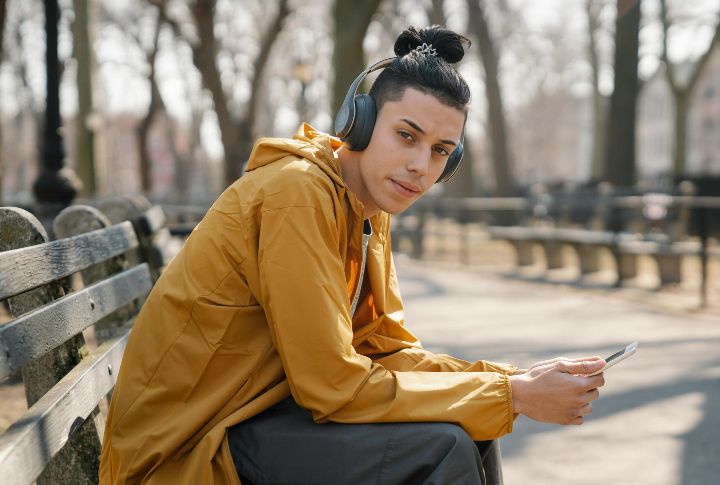
Remember when boredom meant creativity, not another scrolling session? For today’s teens, silence feels unbearable without a screen. Their world lives in likes, filters, and fleeting notifications, and it’s changing how they experience reality. If you’ve ever wondered how it’s really affecting them physically and mentally, this list will open your eyes.
Social Isolation And Loneliness

Even after being constantly “connected,” many teens feel more alone than ever. Social media can replace meaningful face-to-face interactions with shallow digital exchanges. After some time, this erodes their ability to form deep relationships, leading to feelings of loneliness and even depression.
Poor Sleep Schedules
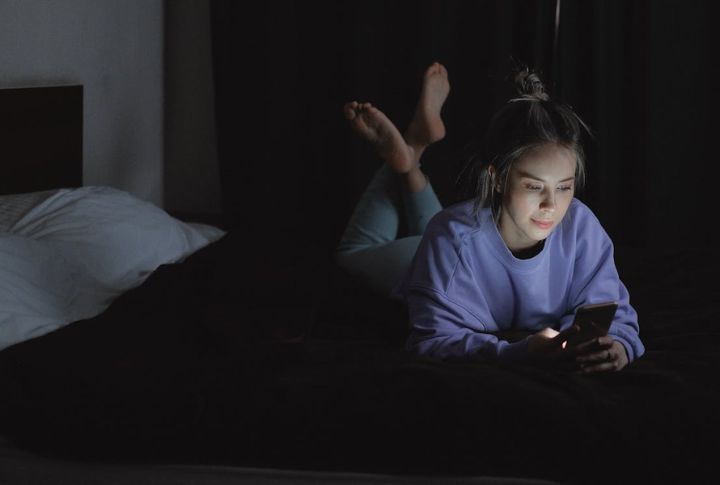
Late-night scrolling has become a ritual for many teens, but it’s far from harmless. The blue light from screens disrupts sleep hormone production, making it harder to fall asleep. Notifications and messages keep their minds alert, even after lights out. All of this can cause chronic sleep deprivation, affecting their mood and memory.
Body-Image Pressures
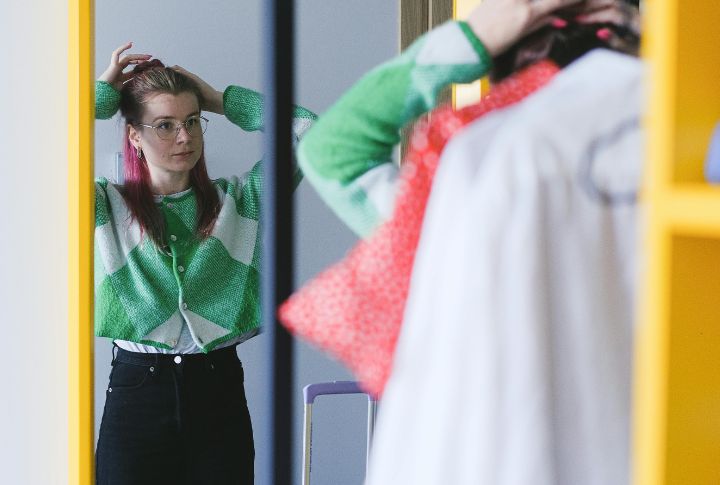
It’s hard to scroll through today’s feeds without feeling the weight of impossible beauty standards. Young girls get caught in a storm of expensive products and comparisons. Boys feel uncomfortable with having a lean physique. This slowly chips away at their self-esteem and can spiral into anxiety or eating disorders.
Cyberbullying And Harassment
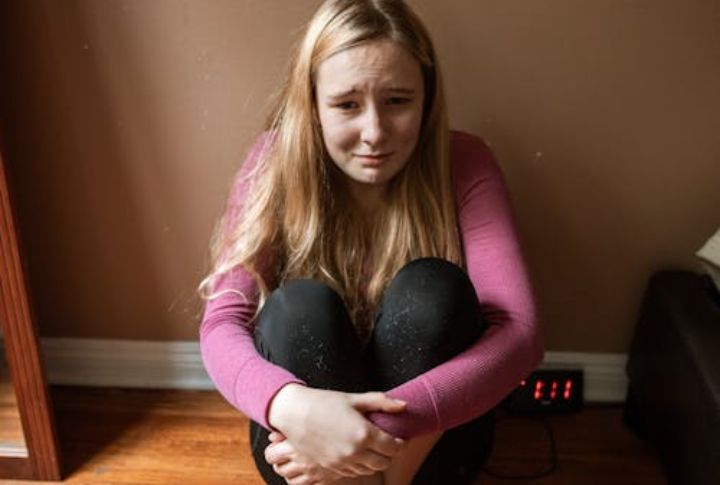
Where friendships used to thrive through laughter and in-person connection, the digital world can twist that dynamic into something darker. Cyberbullies hide behind screens, which spreads hurt without consequence. Victims, in turn, withdraw even more by avoiding the real-world moments that once made them happy.
Weak Eyesight
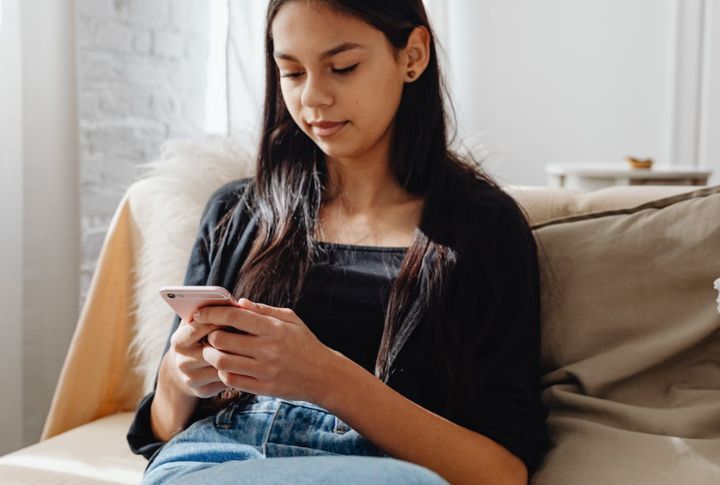
Staring at screens for hours strains the eyes more than most people realize. As a result, blurred vision, dry eyes, and headaches become common complaints. The constant focus on close-up content also contributes to rising cases of myopia. Without regular breaks and outdoor time, their eyesight may suffer long-term consequences.
Radicalization And Extremist Recruitment

Here’s the scary part: even casual scrolling can take a dark turn. Adolescents who aren’t seeking out extremist content can still stumble into echo chambers through algorithmic nudges. Before they realize it, they’re exposed to radical ideas crafted to prey on their emotions and vulnerabilities. Extremist groups know this all too well, and they use these platforms to subtly reel in impressionable minds.
Gambling Addiction
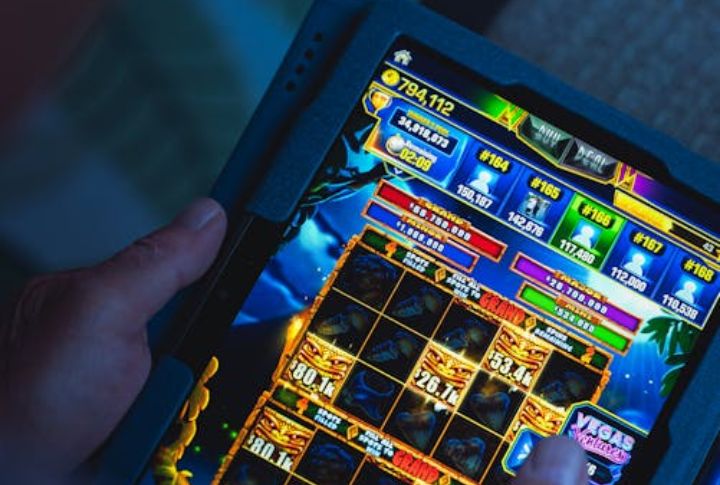
Many gambling platforms have a presence on social media. They even have members assigned to promote their product and bring in players who can spend. Some social media platforms go further by introducing real-money games and betting features. For teens drawn to risk and novelty, this can spiral into compulsive behavior that mirrors gambling addiction.
AI Girlfriend/Boyfriend
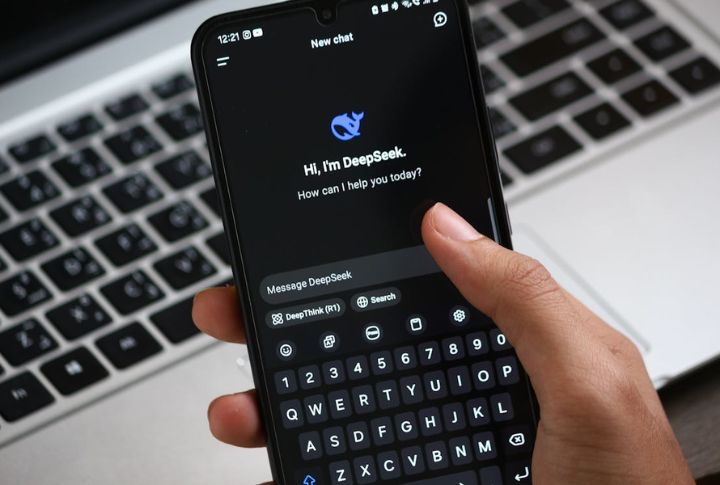
AI chatbots and “partners” are becoming more than just tools—they’re digital companions. Some teens form emotional bonds with AI partners who offer constant attention and simulated affection. It may feel comforting, but these relationships can distort expectations and blur the line between reality and simulation.
Access To Adult Content

Despite age restrictions posted on social media platforms, determined kids find their way in easily. Fake birthdates and unmonitored signups allow them to bypass systems meant to protect them. Once inside, they’re exposed to a world built for adults, and it raises concerns, particularly in terms of privacy and content boundaries.
Data Privacy Violations

Those friendly little “connect” and “share” buttons come at a hidden cost. Every tap and swipe feeds data-hungry platforms that track teens across the web, which brings together detailed user profiles. Most young users don’t realize they’re being digitally shadowed and their personal details quietly monetized.
Even if a teen is heavily addicted to social media, you can help them fix this habit and make their future a better place. Coming up next are 10 ways to do that.
Pediatric And Mental Health Systems
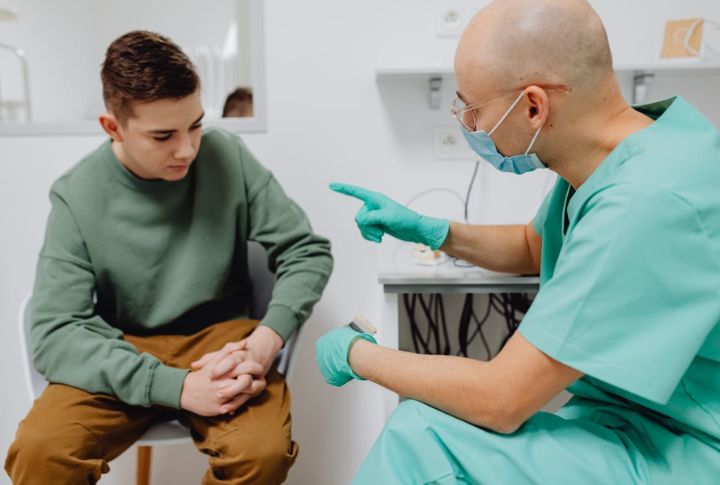
Not long ago, pediatric visits focused only on growth charts and shots. Now, doctors are paying attention to digital well-being. While there’s still a long way to go before social media screening becomes standard, many pediatricians and therapists are asking about online habits. Schools are also stepping in by working on digital literacy in their curriculum.
Parental Controls

At their most basic level, parental controls establish simple boundaries by restricting access to specific apps and features on teens’ devices. This digital fortress expands through time limit settings and activity monitoring capabilities, which give parents deeper oversight of social media use.
School Digital-Resilience Education

Schools are becoming the front line for digital awareness. Many now teach students how to manage screen time, identify online risks, and balance tech with real-life relationships. These lessons build resilience, teaching teens that technology is a tool, not a trap.
Tech Industry Self-Regulation

Even tech companies are starting to wake up to the downside of endless scrolling. Features like screen time dashboards and gentle break reminders are slowly reshaping how we interact online. While it’s not a perfect fix, these steps show a growing recognition that mental well-being and platform success shouldn’t be at odds.
Community-Based Digital Detox Programs

Local community centers and youth organizations can play a vital role by organizing group digital detox challenges and tech-free weekends. These shared experiences help teens rediscover offline joy. The social aspect also eases the withdrawal phase and turns digital balance into a community-supported goal.
Family Digital Agreements

When parents also commit to phone-free dinners or designated offline hours, teens learn by example rather than enforcement. That mutual accountability encourages open communication and naturally integrates healthier digital habits into everyday family life. After this, your family dinners would become a sacred space to share experiences.
Peer-Led Support Groups

Sometimes, teens listen best to other teens. Peer-led support groups create safe spaces where young people can share their struggles, swap strategies, and hold each other accountable. These groups foster empathy and normalize the idea that it’s okay to disconnect.
Mindfulness And Self-Awareness Training
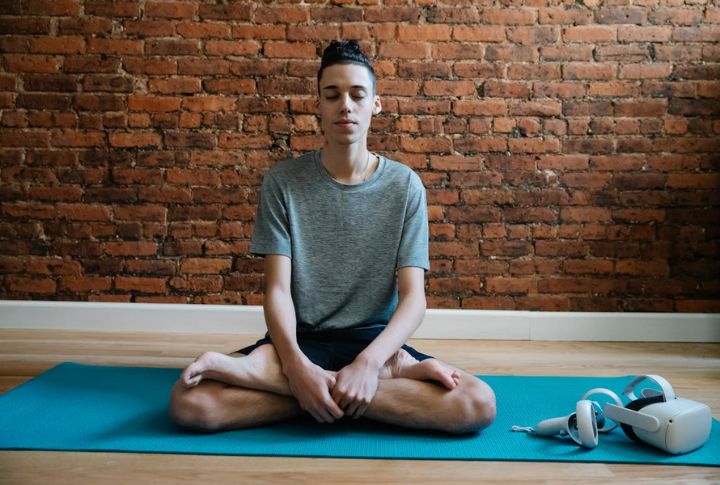
Teaching kids mindfulness helps them recognize when they’re using social media to escape boredom, stress, or loneliness. Apps and school programs that promote meditation and journaling—practices that can help teenagers build emotional regulation and reduce compulsive scrolling.
Creative Offline Alternatives

Replacing screen time with engaging offline activities, like art, music, sports, or volunteering, can reignite a person’s sense of purpose. When teenagers find joy in real-world experiences, their digital world loses its grip. So, help them to find a creative hobby and maybe some friends who have the same interests.
Digital Mentorship Programs

Pairing kids with mentors who model healthy tech habits can be highly transformative. These mentors can be older students, teachers, or family members—someone they look up to, who guides them through the challenges of growing up in a hyperconnected world while offering perspective and encouragement.

